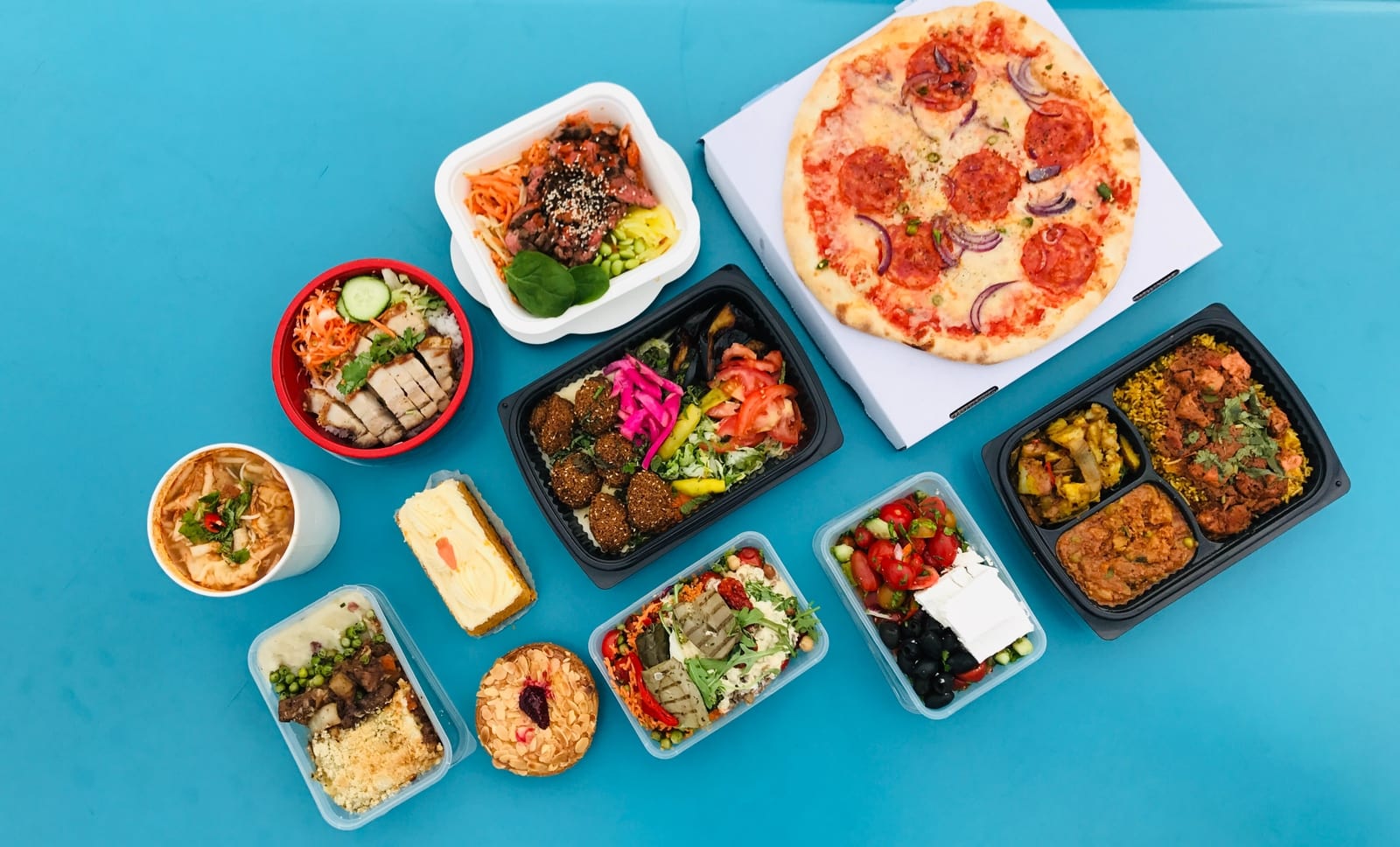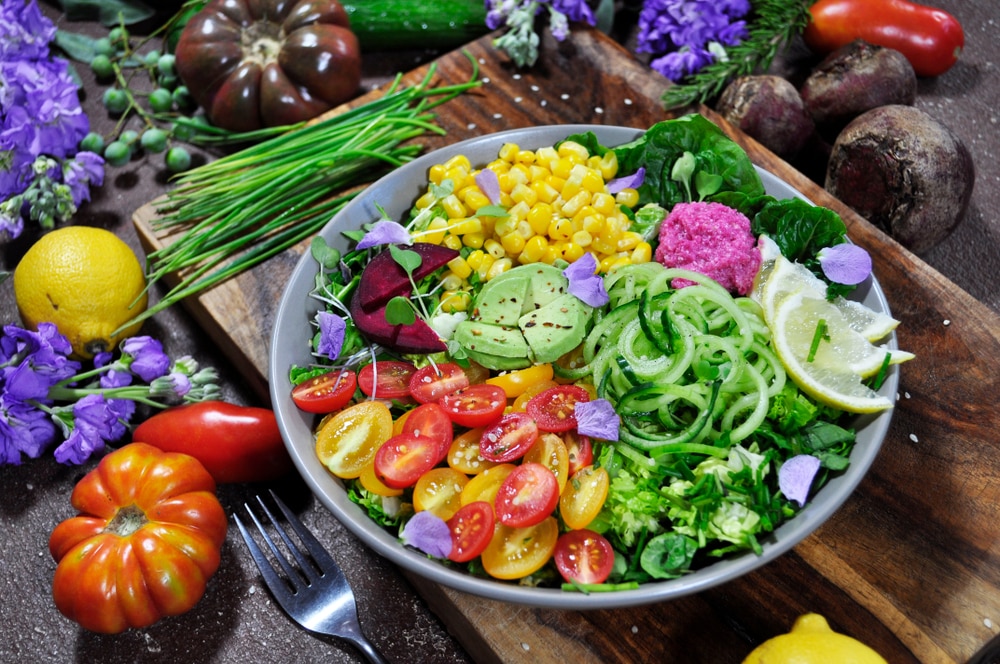Finding a sustainable way to eat can feel confusing, but an intermittent fasting meal plan for beginners makes the process simple. Intermittent fasting focuses on when you eat rather than what you eat, which helps balance hormones, burn fat, and improve energy. By aligning meals within set time windows, you allow the body to rest and use stored fat for fuel. Combining this approach with nutrient-dense foods like lean protein, healthy fats, whole grains, and vegetables supports long-term success. Whether you aim for weight loss or better focus, intermittent fasting gives structure while keeping food choices flexible.

What Is Intermittent Fasting?
Intermittent fasting means cycling between eating periods and fasting windows. The most common beginner-friendly style is the 16:8 intermittent fasting plan, where you fast for 16 hours and eat within 8. During fasting hours, only calorie-free drinks like water, black coffee, or green tea are allowed. Eating windows focus on balanced meals with whole foods for fasting that stabilize energy. Unlike strict diets, this method encourages consistency instead of restriction. For beginners, starting slow with shorter fasts, such as 12:12, builds comfort before moving into longer windows.
Benefits of Intermittent Fasting
The benefits of intermittent fasting go beyond fat loss. Fasting improves insulin sensitivity, which helps the body use glucose more efficiently. It reduces inflammation, supports brain function, and increases growth hormone production, which aids fat burning and muscle preservation. Many people also report better digestion and mental clarity. For those who struggle with constant snacking, intermittent fasting creates natural eating boundaries. Combined with a healthy meal plan, it becomes a long-term lifestyle strategy for improving health markers, managing weight, and building sustainable eating habits.

Foods to Include in Your Meal Plan
An intermittent fasting diet for beginners should focus on nutrient-rich meals rather than processed foods. Start with lean protein for fasting like chicken, fish, eggs, or tofu to maintain muscle mass. Add fiber-rich vegetables such as broccoli, spinach, and kale for fullness and vitamins. Healthy fats like avocado, nuts, olive oil, and salmon regulate hormones and keep hunger stable. Whole grains such as quinoa and oats provide steady energy, while fruits like berries supply antioxidants. Hydration is key—drink water consistently throughout fasting hours. Building meals with these categories ensures satiety, better metabolism, and lasting success in any fasting plan.
Sample Beginner-Friendly Meal Plan
Here’s a simple intermittent fasting meal plan for beginners using the 16:8 method:
- 12 PM (first meal): Scrambled eggs with spinach, avocado slices, and whole-grain toast.
- 3 PM (snack): Greek yogurt with chia seeds and berries.
- 6 PM (dinner): Grilled salmon with quinoa and roasted vegetables.
- 7:30 PM (light bite): Handful of almonds or hummus with carrot sticks.
This structure balances protein, fiber, and healthy fats for sustained energy. During the fasting window, stick to water, black coffee, or green tea. Over time, meals can be adjusted to suit preferences and goals.
Tips for Success
Success with an intermittent fasting plan for beginners comes from consistency. Start with shorter fasts if 16 hours feels challenging. Stay hydrated to reduce hunger cues. Break your fast with balanced meals rather than heavy processed foods. Avoid overeating during eating windows, as it slows results. Track your progress and listen to your body—adjust timing or foods if needed. Pairing fasting with exercise, especially strength training, enhances fat loss. Most importantly, focus on sustainability rather than perfection to make fasting a long-term lifestyle.
Conclusion
Adopting an intermittent fasting meal plan for beginners is a simple way to lose fat, improve energy, and build healthier eating habits. With the right foods and structure, fasting feels natural and sustainable.
